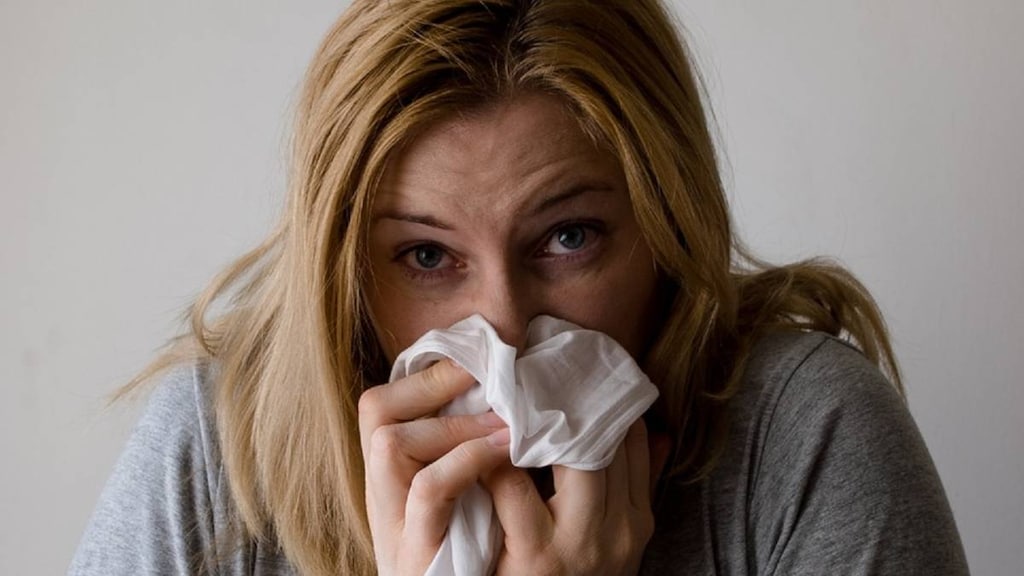
What are cold symptoms?
Cold symptoms are symptoms that develop from a common cold.
A cold is a viral infection that affects the mucous membranes of the nose, sinuses, ears, eyes, and throat. Many different viruses can cause a cold.
Most colds are harmless and resolve by themselves within a week. However, some people can develop complications from a cold, such as sinusitis, bronchitis, or an ear infection. People with certain medical conditions, such as asthma and diabetes, may find a cold makes their condition worse.
More than one billion colds occur in the United States each year. Children aged less than six are more likely to get colds although most adults can also expect to have two to three colds each year. Colds can occur all year round; however, are more common in fall and winter when people are more likely to be in close contact with others indoors.
What causes cold symptoms?
Cold symptoms are caused by a cold virus.
More than 200 different viruses can cause cold symptoms; however, rhinoviruses have been identified as a major cause of colds (30-35% of all colds), and these types of viruses are also more likely to be associated with asthma flare-ups. More than 99 different types of rhinoviruses have been identified, although there are likely to be more.
A cold spreads from person to person when tiny droplets are released from an infected person’s mouth or nose when they cough, talk or sneeze. The cold may also be transferred when people touch a surface or an object that has the cold virus on it and then touch their nose, mouth, or eyes.
What are cold symptoms?
Cold symptoms usually appear within one to three days of exposure to a cold-causing virus.
Symptoms can vary from person to person but may include:
- A runny and/or stuffy (congested) nose
- Sneezing
- A sore throat
- A cough which is usually productive (brings up mucus or phlegm)
- A mild headache
- A slight fever
As your cold runs its cause the discharge from your nose may become thicker and yellow or green in color. A change in color is not generally associated with a bacterial infection.
How are cold symptoms diagnosed?
Most people with cold symptoms do not need to see a doctor, but you should see a doctor if you have an underlying condition that puts you at high risk of complications or your symptoms are severe.
Also, see your doctor if you develop a high fever, shortness of breath, or your symptoms get worse, not better. Take babies or young children to a doctor if their symptoms are severe, they aren’t feeding properly, or if they have a fever of 100.4F (38C).
What is the treatment for cold symptoms?
Most people recover from a cold within a week to ten days and don’t require any specific treatments. However, over-the-counter products can help relieve symptoms of a cold and supplements can help boost your immune system to fight a cold.
Available treatments include:
- Acetaminophen to relieve pain and headache
- NSAIDs, such as ibuprofen or naproxen for pain relief
- Anesthetic lozenges to relieve a sore throat
- Decongestants or saline nasal drops to unblock a stuffy, congested nose
- Antihistamines to stop sneezing or dry up a runny nose
- Supplements such as Andrographis, garlic, ivy leaf, olive leaf, probiotics, or vitamin C
How can cold symptoms be prevented?
To reduce your risk of catching a cold you should:
- Wash your hands regularly for 20 seconds and then dry for 20 seconds
- Avoid sharing drinks, toothbrushes, or utensils with other people
- Cover your mouth and nose with a tissue when you sneeze
- Not touch your nose and mouth
- Wipe down furniture and toys around your home
- Avoid crowded places




